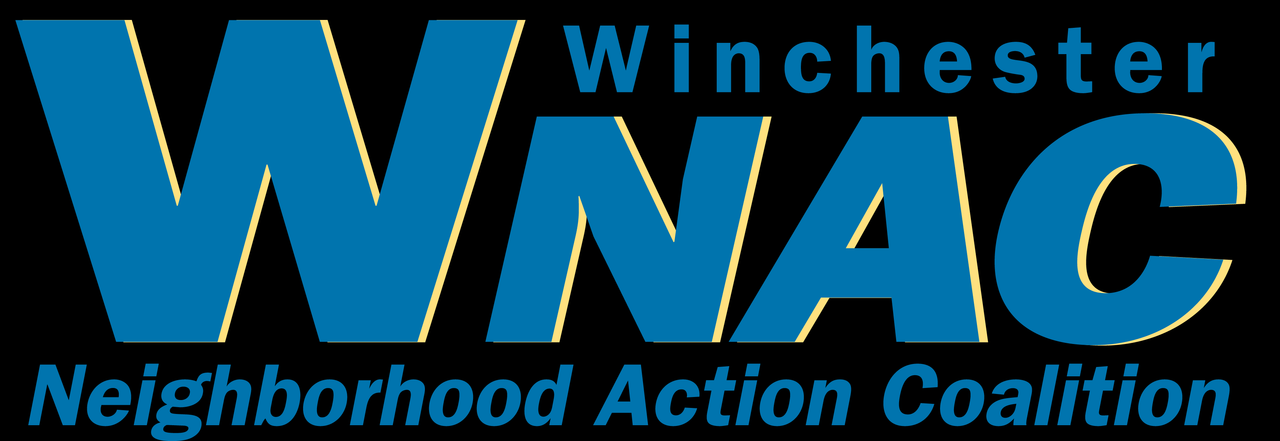Encouraging developments that are car-free with micro-size dwelling units and use modular construction are three things that cities can do to make housing more affordable, according to Patrick Kennedy, founder of Panoramic Interests. With over 25 years developing projects Kennedy has experience in understanding the roadblocks to affordability.
In the above interview, Kennedy provides an overview and walk-through of the Panoramic building on 9th and Mission in San Francisco. The Panoramic replaced an aging single story retail building on a 9,000 square foot lot with 160 units of micro-housing. This 12-story, 120-foot design allows for relatively affordable housing without government subsidies.
And micro-housing does not have to mean low-quality. The appliances and fixtures in the Panoramic are relatively high-end, such as the Toto wall-mount toilets, Duravit faucets and self-closing cabinet hardware. The interior and exterior walls, are extremely well insulated and the windows are relatively large and open to the outside.
The design makes efficient use of space and, with the built-in furniture, tenants only need to bring their clothes, toiletries and smartphones. As Kennedy points out, the “stuff” needed by older generations is not as necessary for younger generations that are increasingly digital and crave experiences over possessions. Adding to the feeling of openness are the communal spaces that are on each floor, along with a roof-top garden with expansive views of San Francisco and a BBQ pit.
It is a high-tech development with features such as
- Google fiber (soon)
- Per floor, shared laundry that sends text messages letting a person know his wash/dry cycle is complete
- Electronically secured bins for accessing parcels
- A heated bench for waiting for a ride share service
- A screen in the lobby that shows various transit options, including the aforementioned ride-share services
- Built-in bicycle pump/repair station
To these last two points, Panoramic has done multiple things to allow the residents to live car-free, including an expansive, indoor space on the first floor for storing bicycles. As it turns out, there was so much demand from two local colleges that this development has morphed into student housing.
The Panoramic is a step in the right direction in making housing more affordable. Kennedy points out that modular construction is necessary for the next step in lowering costs. In part 2 of this interview, Kennedy will explain their efforts in modular construction and how they are ready to take the lessons learned at the Panoramic and apply them to the next generation of affordable housing.
Part 2 of this two-part interview is here:



Comments
Pingback: 10,000 Homes In a Year on Underutilized Land – Part 2 – Winchester NAC
Kennedy’s idea that microhousing is a key to affordability is buttressed by a study by CJ Gabbe, professor at Santa Clara University
https://www.huduser.gov/portal/periodicals/cityscpe/vol17num2/article9.html
But the biggest roadblock may be local governments.
There are many government barriers that both inhibit and raise the cost of microhousing, including “(1) parking requirements, (2) outdoor open-space requirements and indoor common-space requirements, (3) unit-mix requirements, and (4) inclusionary zoning. ”
One of the key drivers for demand for microhousing could be the Baby Boomers,
“Even a small subset of Baby Boomers choosing small, centrally located studio apartments and condominiums could considerably increase demand for micro-apartments. “
Engaging a REIT, like this one, could be an interesting way to help redevelop areas that have aging low-density apartments into car-free, superblocks that include an affordable housing component http://www.cdt.biz/
Pingback: High-Speed Vehicle Transit on Existing Corridors | The Winchester Urban Village
$5M for 90 residences….that’s less than $100k per residence (not including land)….and a really cool design.
http://www.hexapolis.com/2015/02/02/elastic-woodscraper-ii-by-weingartner-architects/
Pingback: High-Speed Vehicle Transit on Existing Corridors | Winchester Neighborhood Action Coalition
Pingback: Turning Eyesores Into Housing and Trails | The Winchester Urban Village
And the excellent article by CJ Gabbe and Greg Pierce on the hidden cost of unbundled parking. Requiring parking hurts renters who can least afford it. Recommends that cities eliminate minimum parking requirements.
Pingback: A Proposal to Help Combat Silicon Valley’s Crisis of Community | The Winchester Urban Village
Pingback: 10/24/17 Meeting with PRNS Regarding Future of Pueblo Play – The Pueblo Play Playground
Some other sources of manufactured, modular housing include:
https://katerra.com/
https://factoryos.com/
Recent evidence of the cost of mandated parking
https://medium.com/@AsherOfLA/instead-of-parking-maximums-ban-free-parking-in-new-housing-fcf57e32a596
Pingback: An Eco-Friendly, Tiny Home Community | The Winchester Urban Village
Panoramic Interests is developing a 39 unit (9,273 square feet) on a 5,150 square foot lot in Berkely for formerly homeless people.
“Building Opportunities for Self-Sufficiency, or BOSS, will be the master tenant at 1367 University Ave, which will operate it as supportive housing for people experiencing homelessness.”
This four-story, 40-foot tall building will have 8 ADA units on the ground floor, an office, a community room (with kitchen and laundry facilities), and an office for the BOSS manager.
Plans are here
https://www.cityofberkeley.info/uploadedFiles/Planning_and_Development/Level_3_-_ZAB/2020-07-09_ZAB_Staff%20Report_1367%20University.pdf
They are using modular buildings from Xtreme Cubes, a Henderson, NV-based company, expect to break ground in September 2020 and be finished 14-weeks later.
https://www.xtremecubes.com/
And here is a video